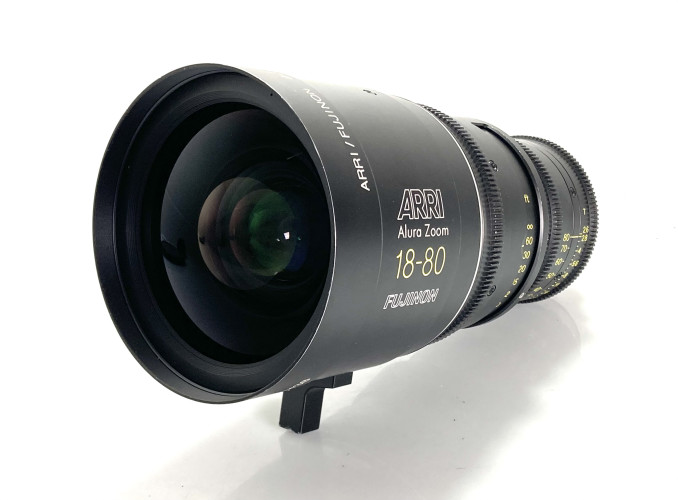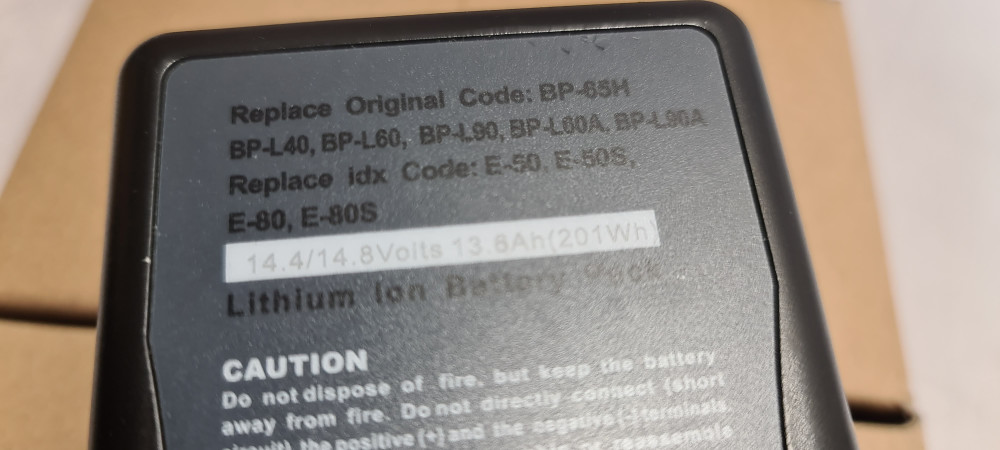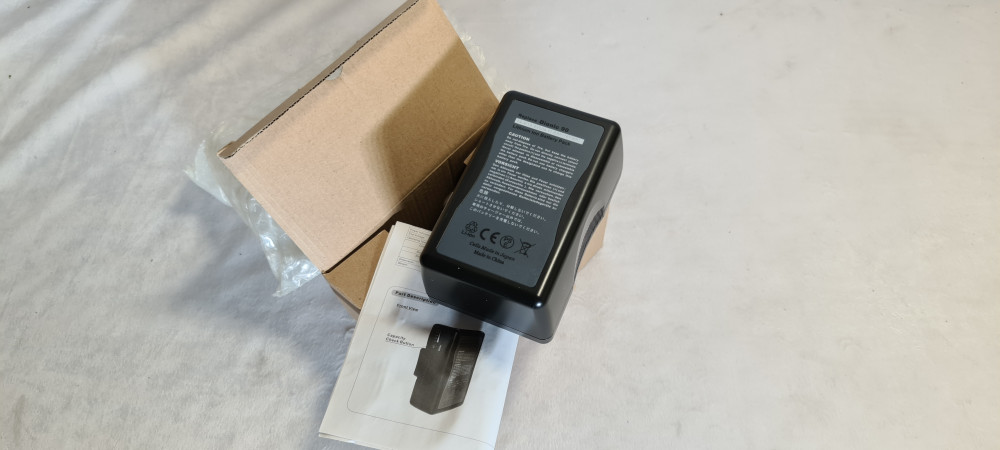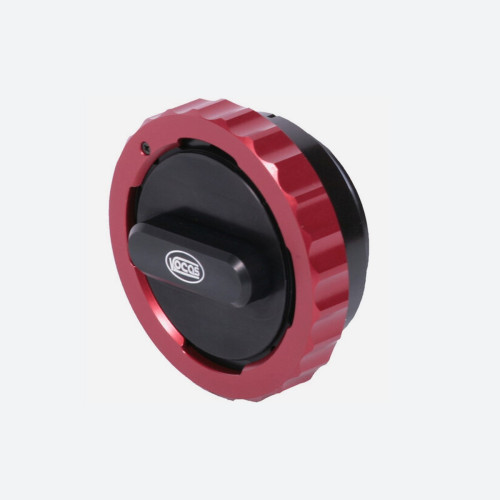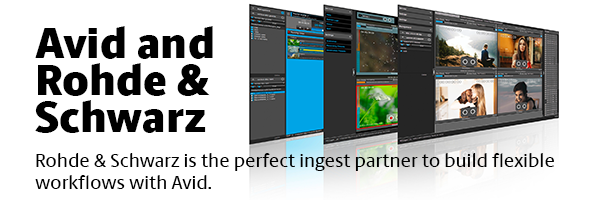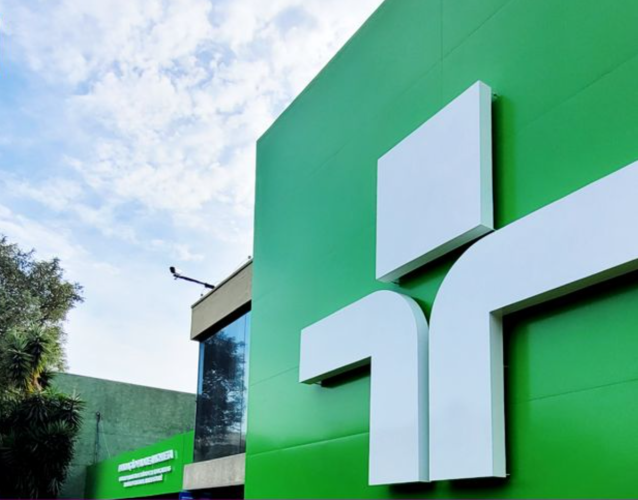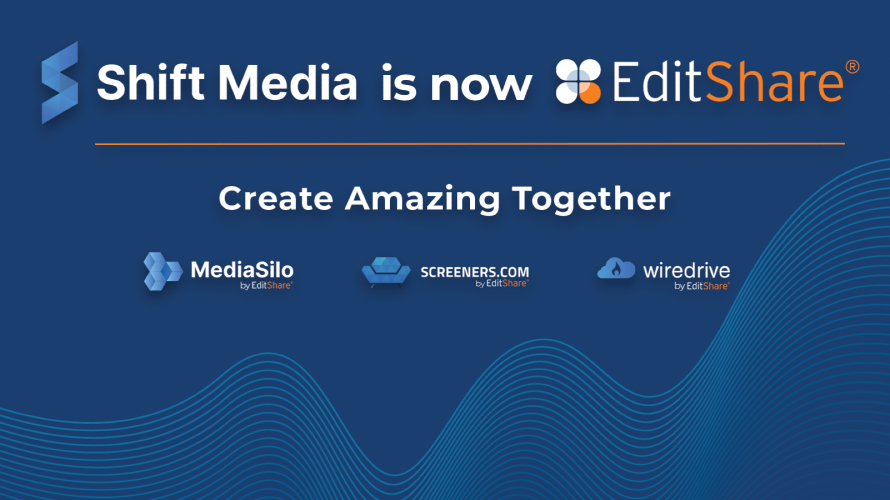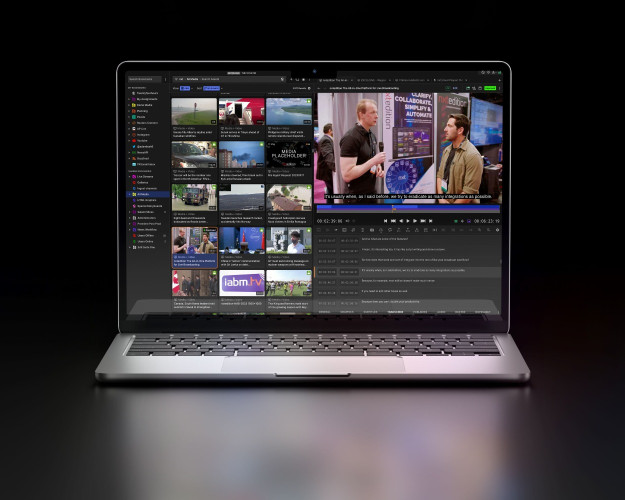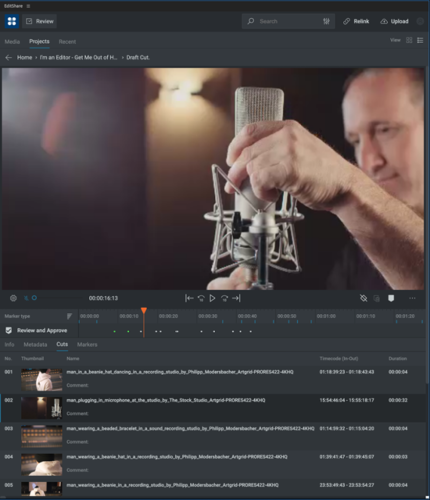By Bob Pank
Historically video editing has been one of those operations shaped by technology. For decades it depended on VTRs to play and record. You had to go to an edit room, usually darkened and with loads of buttons and winking lights, to get your edit done by a video editor. It was not cheap. Then, with video stored on computer discs, editing went nonlinear, was much faster and more flexible, the control interface became a GUI and costs started to come down.Storage technology will always play a big part in shaping all types of video, and now motion picture, editing. So what was tape, then disc can now become cloud, why not! A big difference is the connection. For any professional use the video or movie will be expected to maintain a high quality of to pictures and sound. In traditional edit rooms it is simple to connect a coax cable and get live uncompressed HD-SDI data speed at 1.5Gb/s. That is not going to work with the Cloud! In practice the full resolution unedited footage can be loaded into the Cloud – a process that may well be slower than real time – and then the Cloud video editor works with proxy images via the internet. When the edit decisions are finalised, then the full resolution edited footage can be delivered from the Cloud – again, taking significant time – back to the editor.
Such Cloud-based services are readily available and increasingly used. The workflow suits the wide range of productions that have time, days or weeks, to complete the edit. Advantages include collaborative working from anywhere on the internet and, probably, low costs. So if your ‘Northern Lights’ documentary is being shot in Yellow Knife, Fairbanks and Tromso the footage can be uploaded to the Cloud editor and work can start right away – in the warmth of London. Removing considerable storage and transport issues for the shot footage and saving time.
But what about working with any live or near live programming, such as news and sports? In these ‘fast turnaround’ productions the classic Cloud editing model, described above, is too time consuming or expensive, so typically the upload and download times would take far too long. However the ability to have wide access and collaboration in the editing process would still definitely be of great benefit to the production. Quantel has been providing nonlinear editing systems for news and sports for the best part of two decades. Its recent launch of QTube, essentially video editing software for PC, Mac and iOS platforms, enables any logged-on client to edit broadcast quality footage that’s held in a Quantel sQ broadcast server somewhere that is connected to the internet. QTube accesses the sQ server via the public internet, automatically adjusting picture quality according to the speed of the connection, to always enable fast operation.
This workflow is rather different to the widely used ‘traditional’ Cloud editing model as the sQ server is recording the video live – it is a live video server. QTube users can start working on new content as it arrives, as a video or as a file delivery, which can then be almost immediately exposed by the Cloud. There is a delay, or latency, between the live recording of media on the sQ server and the frames being accessible to QTube clients anywhere in the world. This is reported to now be down to under 20 seconds. Then all the QTube tools can be applied, which include a timeline editor with video and audio effects... and more, while the recording and playout still continue on the sQ... in another location. Tools provide viewing, logging and other metadata editing, sub-clipping, frame-accurate editing and quality media upload/download.
This makes me think the Cloud is getting somewhat fuzzier. It used to mean using some storage hosted by a third party such as Amazon, Google, Microsoft, et al. Whereas the sQ server would typically be the in the TV broadcaster’s equipment racks, or van, where it has access to the incoming video, can replay to go on air, and provide internet access for the QTube users.
But it appears this isn’t the only way you can work. You can upload content to Amazon Cloud storage and Quantel installs a virtual QTube transformer on that Cloud storage. “Then we can get the same performance out of that, says Quantel’s Trevor Francis. “That’s closer to being what was the original definition of the Cloud. But this would require getting live video to and from Amazon so, in reality, this configuration would create a good collaborative editing environment but the fast turnaround bit might be a bit difficult.” Agreed! It also raises the question, would a broadcaster want to put his near-live storage somewhere out of his control? Probably not, but other applications, such as disaster recovery as well as more general collaborative editing are possibilities. To date third-party hosting has been demonstrated. Today the host is an sQ server with a QTube adaptor on it. But sometime soon it seems this could be any storage with suitable performance. Tests continue.
Quantel is not the only established editing supplier to see the need for broadcast Cloud-based editing. Avid offers Sphere, which is another move to leverage the Cloud for broadcast editing. Certainly these companies have huge broadcast experience and offer a different approach to making the best use of what resources are now available. It is also clear that Cloud editing is continuing to evolve as ideas and technology develops... another area to watch in 2013.




